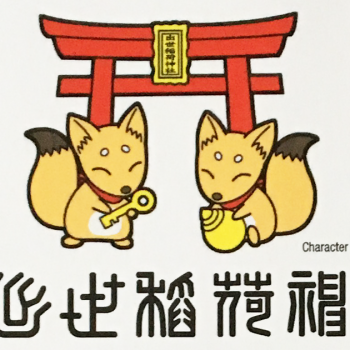Although Christmas is celebrated in Japan, it’s not such an important date in the Japanese calendar. It’s not even a public holiday there. It’s often considered more of an event for young people and is especially associated with dating. The real equivalent of Christmas or Yule in Japan is New Year’s Day, or Shōgatsu (usually referred to with an honorific “o,” “O-Shōgatsu”). These days Shōgatsu is celebrated on the same date as the Gregorian New Year, January 1st. Just as Christmas in Britain combines elements from Christianity and the old Pagan symbols of Yule, O-Shōgatsu has both Shinto and Buddhist elements. It’s chiefly a time to say thank you to the kami (deities) for all they have provided in the year, and to pray for their continued blessings.
I’ve always thought there are an awful lot of similarities between Shōgatsu in Japan and Christmas in the West (and particularly in Britain), so I thought I’d explore them here. I believe the parallels suggest that certain motifs are particular important in all religious winter festivals across all cultures and many of them are deeply rooted in Pagan beliefs.
1. Red, white, gold and green

At Shōgatsu, people in Japan decorate their homes and offices much as Westerners do for Christmas. Among these decorations, the colours red and white are the most prevalent, followed by gold and green – very much like Yule. The white/red colour scheme is partly to do with these colours being symbolic of the Shinto religion and of Japan as a whole; their flag is red and white. These colours may also carry the same symbolism that these colours have for Yule. White represents the snow of winter, while red, gold and green are colours of vitality and displaying them is a kind of sympathetic magic to encourage the same vitality to return to the bare trees and fields.
















